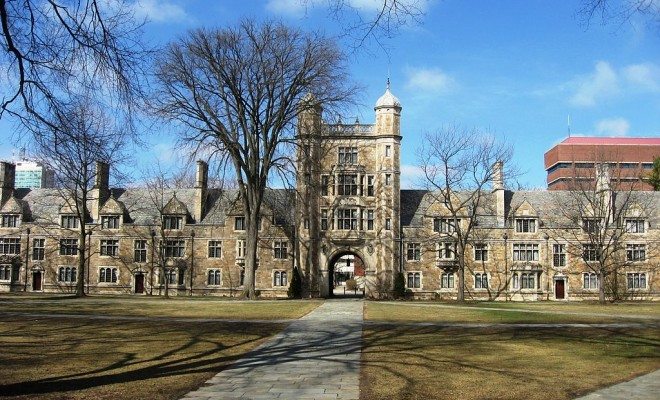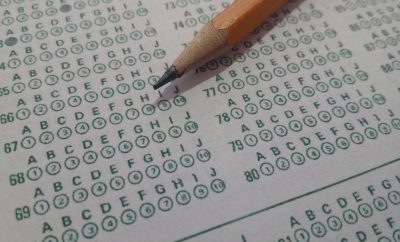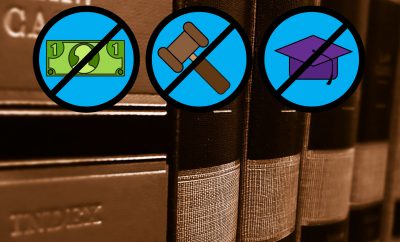 Image courtesy of [Andrew Horne via Wikimedia]
Image courtesy of [Andrew Horne via Wikimedia]
Schools
University of Michigan Law School Project Tracks Exonerations
A record 125 convicts were absolved of wrongdoing in 2014, according to a project conducted by the University of Michigan Law School to create exoneration statistics in the United States. This project was recently published in an annual report released by the National Registry of Exonerations, which releases statistics of this nature each year. This is the first time since the registry began tracking exonerations in 1989 that they have reported over 100 in one year.
According to the registry, the states with the most exonerations last year were Texas, New York, and Illinois. Thirty-three of Texas’ exonerations involved drug cases in Harris County, and used crime lab analysis conducted by a Conviction Integrity Unit. The tests showed that in many of those cases the “drugs” that the defendants were accused of possessing actually contained no illegal substances, despite the fact that the defendants had pled guilty to the offenses. These cases not only contributed to the record number of cases where the defendant pled guilty and was exonerated, but also contributed to the increase in the number of exonerations for drug crimes. There were 39 exonerations for drug cases in 2014, which is significantly higher than the 11 from the year before.
What’s the cause of this sudden increase in exonerations? According to Samual Gross, a Michigan Law professor and editor of the National Registry of Exonerations, there has been a steady change in the attitudes of prosecutors about wrongful convictions. He said:
I think prosecutors are much more willing to see identifying errors as a positive part of their job, rather than as a misfortune they have to endure.
Lake County State’s Attorney Michael Nerheim, who works in northern Chicago, started an independent panel made up of retired judges, defense, and civil rights attorneys to review cases. He believes that prosecutors should be leading the way to reduce the number of wrongful convictions. He said: “We’re all on the same side – no prosecutor wants to wrongfully convict somebody. We all want the truth.”
It’s no longer about just winning cases or solving them as quickly as possible. It’s about using all available resources to find out the truth. Of course, one of these resources is DNA testing. With increased technology, DNA testing can be used to show that the DNA of someone who was convicted does not match the DNA found at the crime scene.
More interestingly, many more of these exonerations are a result of finding evidence of perjury or coercion. For example, Ohio native Ricky Jackson spent 39 years in prison for murder, but was freed last November after a witness admitted that he hadn’t seen the crime. In another case, a Chicago judge dismissed charges against Alstory Simon, who had confessed, after 15 years in prison for double murder.
According to Gross, it’s likely that the number of exonerations could grow in 2015, with new districts following in the footsteps of Harris County and opening up their own Conviction Integrity Units. Despite the growing number of these units, exonerations are still extremely difficult to obtain. He said that “If we didn’t get it right the first time, it’s hard to be right the second time.” Even so, hopefully the new focus on past mistakes could help to prevent future errors.








Comments